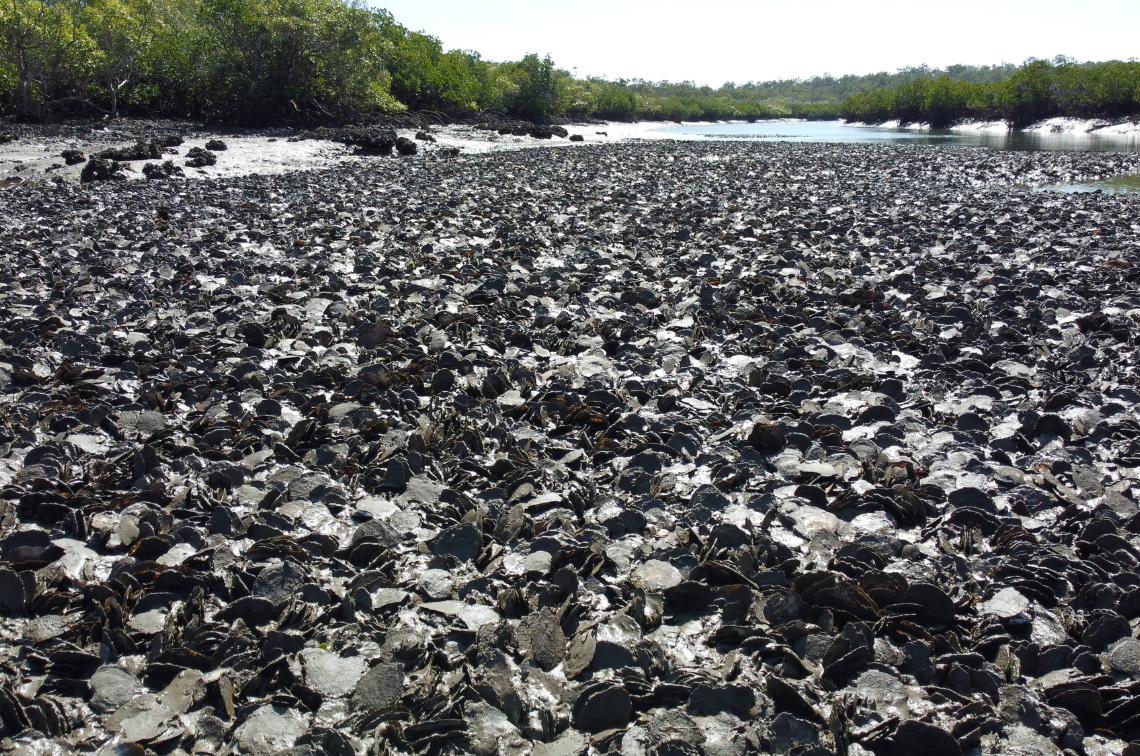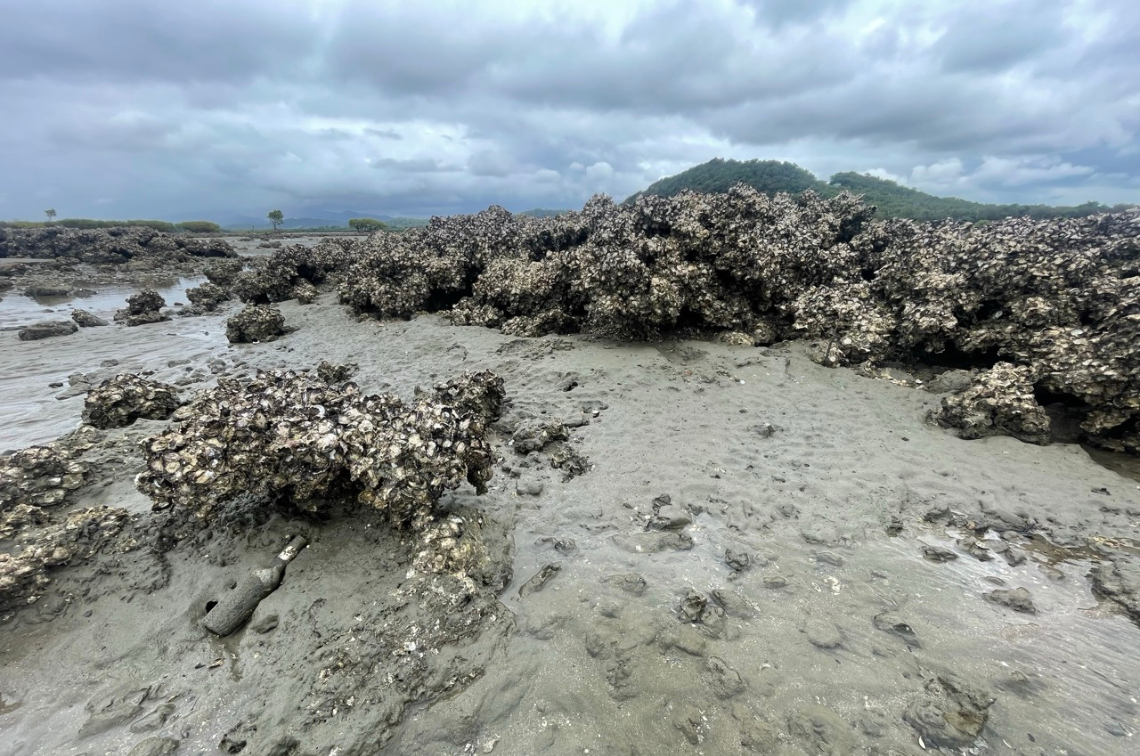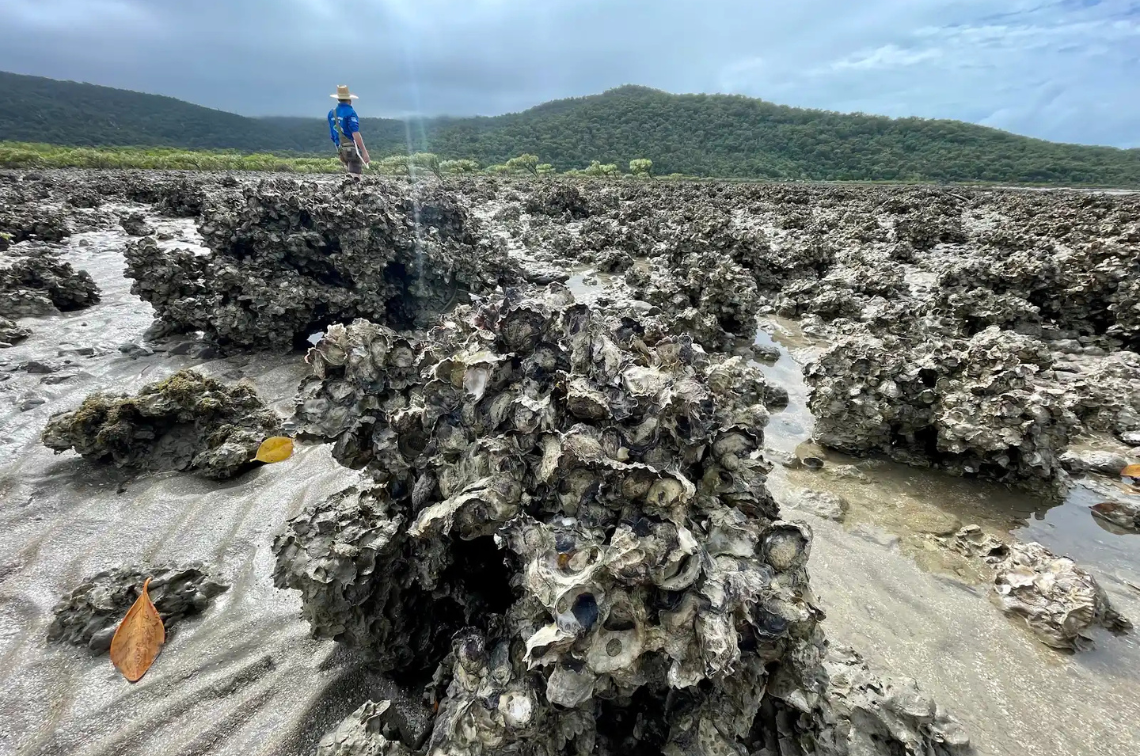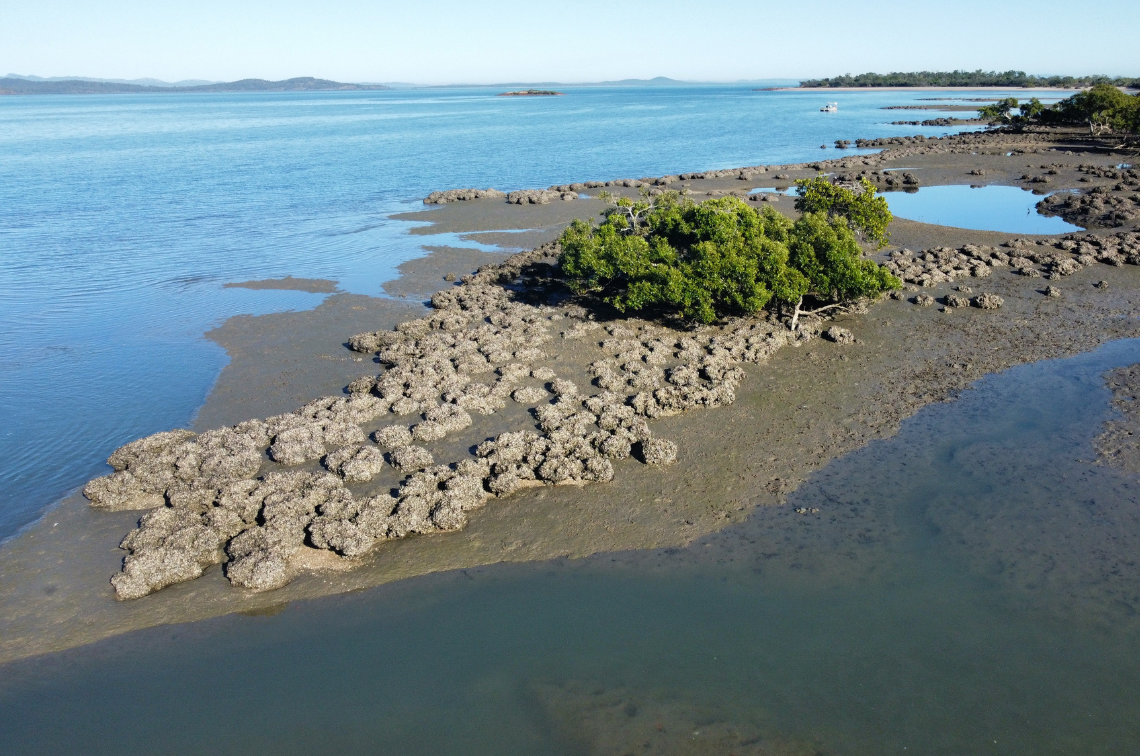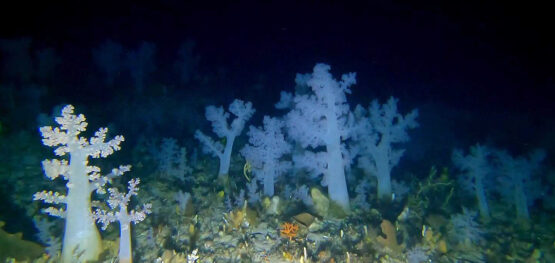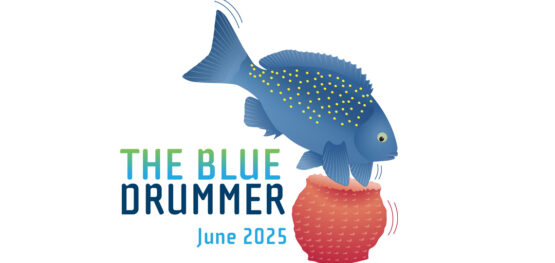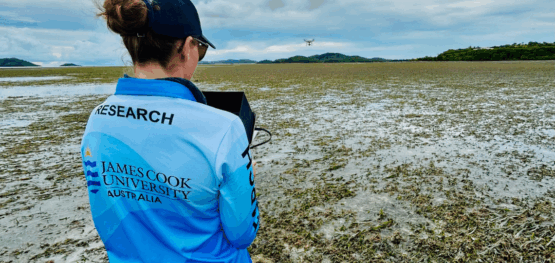Article
10 June 2025
A mission is underway to map Australia’s tropical shellfish reefs. Hub researchers have uncovered around 60 tropical shellfish reefs across Western Australia, the Northern Territory and Queensland, revealing rich and complex ecosystems that were previously unknown to science. These tropical reefs have exceeded expectations in both size and spread. The discovery follows a successful trial using satellite imagery to identify likely reef locations.
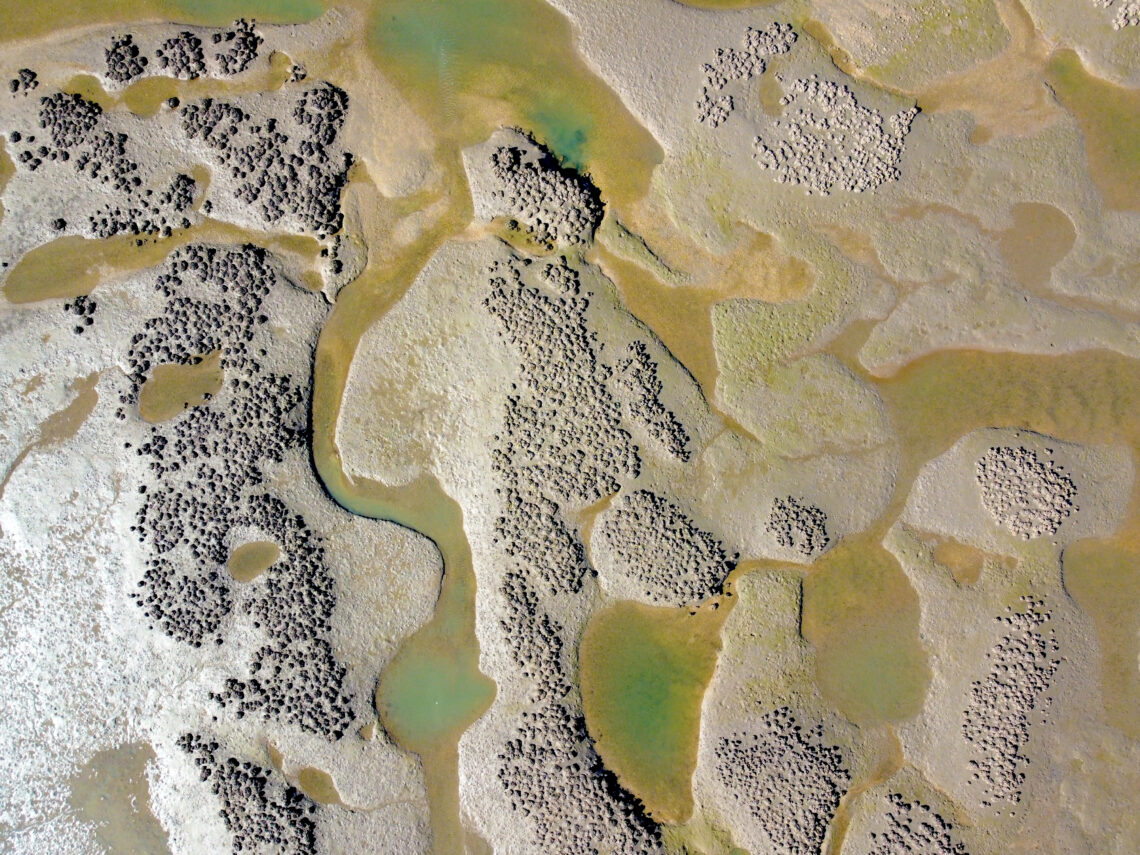
Until recently, little was known about the distribution of tropical shellfish reefs, and very little is known about these reefs globally. Researchers from Griffith University have now developed a method to locate them using satellite imagery, ground-truthing their findings during field visits. In the field they confirmed the accuracy of the remote sensing method and this has paved the way for broader mapping efforts.
“We now have a reliable way to find these reefs, and the results so far are very promising,” said Dr Marina Richardson, one of the researchers on the project. “These reefs have been overlooked for decades, but they are important for marine life and for the communities that rely on healthy coasts.”
The mapping of tropical shellfish reefs is part of a project funded by the NESP Marine and Coastal Hub. It is a collaboration between researchers from Griffith University and OzFish, a not-for-profit organisation dedicated to restoring vital fish habitat. The project is focused on understanding the location, structure and condition of tropical shellfish reefs, and determining whether protection and restoration are required.
Similar to shellfish reefs in the south, tropical shellfish reefs are home to oysters, mussels and other invertebrates. However, characterisation of the species composition is still a work in progress and an important part of this project. The reefs provide shelter for marine life, clean surrounding waters and support fisheries. Despite their ecological value, many of these reefs are thought to have been damaged or lost due to overharvesting, water pollution and coastal development. Along the southern coastline of Australia, 85% of temperate oyster reefs have already been lost, and it is critical that we ensure that tropical reefs in northern Australia avoid a similar fate.
The team will soon return to the field to collect more samples. Fieldwork will take place around the Proserpine, Mackay and Gladstone regions. Using drones, researchers will map reef structures from above while also collecting oyster and invertebrate samples as part of their reef characterisation work. The field trip will also include site meetings with the Yuwiburra rangers, as an important part of the project is to strengthen partnerships with Traditional Owners and coastal communities.
To expand the project's reach and impact, the team has also recently launched a national citizen science initiative called The Great Shellfish Hunt. Through this project recreational fishers, divers, or anyone exploring coastal areas are invited to report potential shellfish reef sightings. Participants can upload photos and reef details through an easy-to-use online platform hosted by OzFish. The data collected by the public will help scientists build a national map of tropical shellfish reefs.
This research fills a major gap in knowledge of tropical shellfish reef habitats, Australia's least studied coastal ecosystem. To date, most shellfish reef conservation work has focused on temperate zones such as those found in southern Australia. The discovery of tropical shellfish reefs unlocks new opportunities for northern regions, including the potential for future aquaculture.

